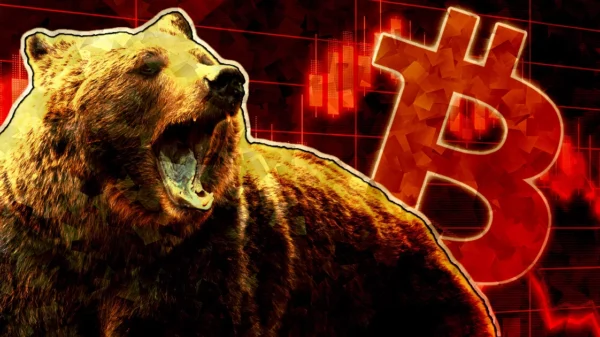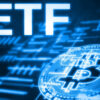Ether prices rose in digital-asset markets on Thursday after the Ethereum blockchain’s “London hard fork” went live, and cryptocurrency analysts are now weighing in on the impact of the network upgrade.
At press time, ether was trading at $2,802. The world’s second-largest cryptocurrency by market capitalization is up more than $300 from its daily lows, with a 4.83% gain over the past 24 hours
Martin Gaspar, research analyst at CrossTower:
- The apparent success of the upgrade is getting priced in.
- “The notion of ethereum becoming a deflationary cryptocurrency in the future is now tangible, and the effects on ethereum’s valuation could be profound.”
Alex Svanevik, co-founder & CEO at Nansen:
- It will take a while, possibly even weeks, to see any real impact from the upgrade.
- Currently, he is focusing on a metric that looks at the percentage of EIP 1559 transactions, which is currently very low.
- “As wallets, bots, etc. start making use of the EIP 1559 features, we will know more about how this upgrade affects Ethereum long term.
Denis Vinokourov, head of research at Synergia Capital:
- “Overall, the reaction is more or less as expected. It is very rarely that ethereum benefits from any immediate upside following such network upgrades, although a bias tends to materialize over time.”
- These occasions are typically well documented heading into the event, given the transparent discussions on various forums and conferences, he said.
- That’s “unlike, for example, the [Federal Reserve] meeting, where slight nuances with regards to language used may have a more pronounced impact on reaction by different asset classes,” Vinokourov said.
Laurent Kssis, managing director of exchange-traded products at 21Shares AG:
- Kssis sees a possibility of a short-term correction as the network stabilizes, before resuming an upward trend.
- He said he can’t see a definite trend in the short term, but a relative value trade could be implemented between ether and bitcoin.
- “With [non-fungible tokens] in full swing, we see a consolidation as demand remains strong in the [decentralized finance] segment.”
















































